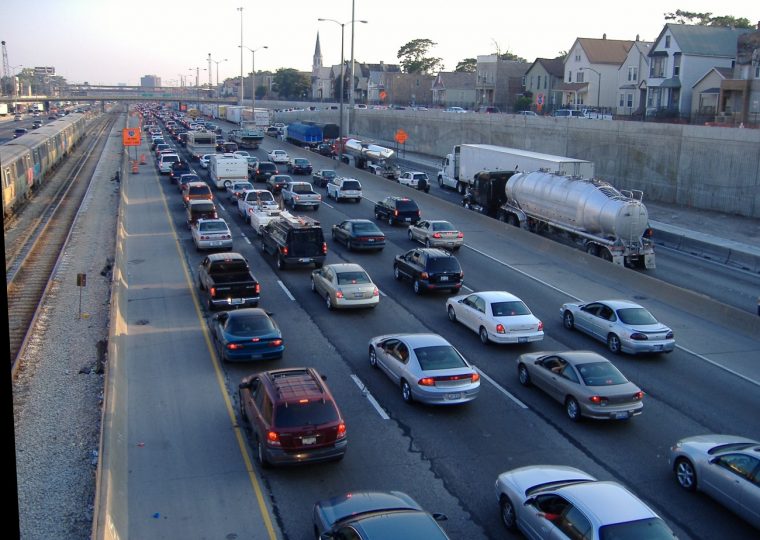Why Cars Don’t Start Moving at the Same Time at a Traffic Light

We’ve all been there: you’re in a long line of cars at a traffic light. Off in the distance, you see the light turn green, and the relief is palpable. Finally, you’re to be freed from your stationary prison. However, by the time the car in front of you has managed to move just one inch, the light has long since returned to red. It’s a natural frustration that comes hand in hand with driving, but while you’re condemned to another few minutes of boredom, it’s worth wondering why.
If you’ve got to be stuck in traffic: Do it in comfort
In a perfect world, if every car in the line accelerated at the exact same rate at the exact same time, there would be no chance of a collision, and traffic could naturally spread out the farther everybody made it down the road. The problem is, this idea only works in theory.
Discounting the inevitability of human error, not all cars accelerate at the same speed. Engine architecture, transmission type, vehicle mass, and age all impact how fast a car can get moving.
Supposing they could, though, there’s still absolutely no way the drivers would be able to know exactly how fast the cars in front and back of them were planning to start moving. It’d be a bit like a snake with 15 separate brains, each of which controls a different part of the body, but has no idea what the other 14 are thinking. That is to say, a potentially dangerous (and certainly unsightly) nightmare.
This feeds into what’s called the “rubber band effect.” In essence, the amount of distance that drivers intuitively put between them and a vehicle in front of them is directly related to their speed. On the highway, you don’t want to have a following distance of six inches, and at a stoplight, you certainly don’t want to be six car lengths back.
So, at a traffic light, most drivers aren’t reacting to the green light, they’re reacting to the car directly in front of them, hens the squash and stretch of the line.
If traffic gets the better of your Chevy: Give it the best care there is
It’s a lovely thing to imagine when you’re forced to wait through four light cycles before you can be on your way, but all-in-all, it’s probably for the best that we don’t all try to beat the light at the same time.

The News Wheel is a digital auto magazine providing readers with a fresh perspective on the latest car news. We’re located in the heart of America (Dayton, Ohio) and our goal is to deliver an entertaining and informative perspective on what’s trending in the automotive world. See more articles from The News Wheel.

